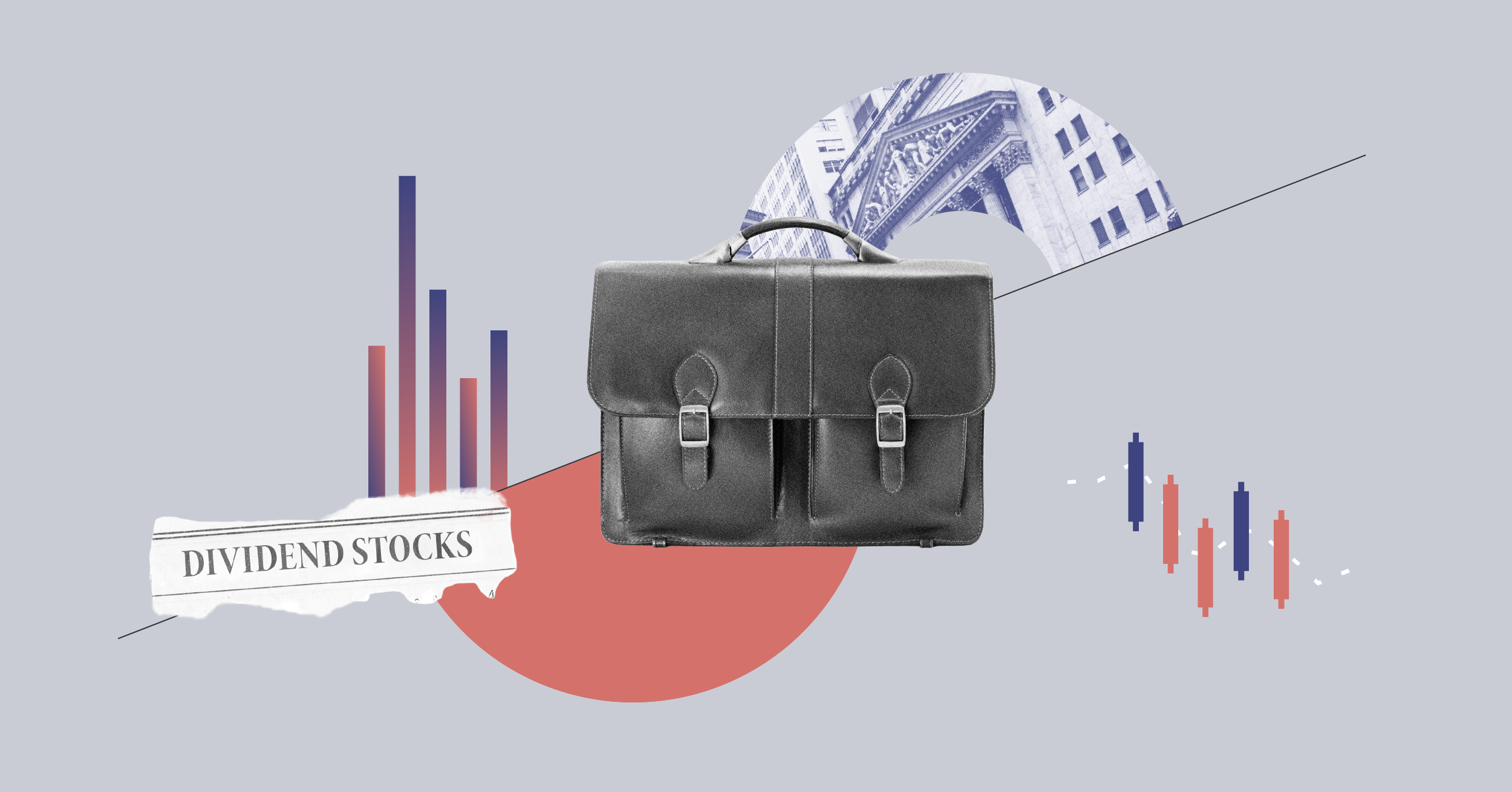How good is your investment knowledge? How up to speed are you with common investment concepts? Know your alpha from your beta? This quick quiz will help you find out.
1) 'Alpha' refers to:
a) the return provided by an investment market;
b) the first letter of the Roman alphabet;
c) a sporty make of Italian car;
d) the return a fund manager is able to generate above the market return.
Answer: d). Alpha is a technical measure referring to the return generated by a fund manager above the return which can be attributed to the movement of the market in which the fund invests, which is referred to as 'beta'.
2) A fund produces a return of 35% one year; -20% the next; and 42%
in the third year. This is an example of the investment characteristic
known as:
a) instability
b) flexibility
c) volatility
d) inevitability
Answer: c). 'Volatility' refers to the degree of fluctuation in the returns produced by a fund or asset class. Share funds are among the most volatile kinds of managed funds, because their returns vary more greatly than other kinds of funds.
3) Which of the following asset classes is generally accepted as
having the lowest risk?
a) corporate bonds;
b) cash;
c) shares;
d) government bonds.
Answer: b). Cash. Governments have been known to default on their bond obligations (Russia did so in August 1998, and Argentina came close to doing so in February 2004). Corporate bonds are riskier than cash, because they come with the possibility that the company issuing the bonds may not be able to pay the regular income payments, or repay your investment capital at maturity. Unlike longer-dated bonds, cash is not susceptible to interest rate risk. Shares come with the risk of not paying dividends, and falling in capital value.
4) The term 'real' in investment discussion refers to:
a) the amount of return you get in the hand after tax;
b) the return a fund manager aims to generate for a fund;
c) a measure which takes into account inflation;
d) the currency of Venezuela.
Answer: c). Because inflation (a general increase in prices) reduces purchasing power over time - the same amount of money does not buy the same amount of goods or services - returns are described as being in 'real' terms when they take account of inflation.
5) The best way to achieve diversification in your investment
portfolio is:
a) to spread your investments among different fund managers' share funds;
b) to spread your investments among different asset classes;
c) only to invest outside the UK;
d) answers (a) and (b) above.
Answer: d). Spreading your investments among different fund managers' share funds (especially those investing in different areas of the market, and using different styles) and investing in multiple asset classes (including bonds as well as shares) increases the diversification of your investment portfolio, and reduces the possibility that a downturn in one sector or asset class will affect substantially your entire portfolio.
6) Which of the following best describes a 'growth'-style share fund?
a) a fund which aims to provide capital growth;
b) a fund which only invests in stocks whose businesses are growing faster than five percent per annum;
c) a fund which only invests in start-up companies;
d) a fund which invests in companies whose earnings are growing faster than the sharemarket overall.
Answer: d). Compare this with 'value'-style share funds, which invest in companies that the fund manager believes to be undervalued by the market.
7) 'Top-down' investing refers to:
a) assessing the quality of a company's board of directors before
deciding to buy a share in that company;
b) buying shares when they've reached historically high prices, in the expectation of further price appreciation;
c) a way of investing that involves looking at broader economic and industry-related factors before looking at individual companies;
d) only buying companies from among the top 100 by size listed on the sharemarket.
Answer: c). Compare this with 'bottom-up' investing, which involves concentrating on the characteristics of individual companies, rather than broader economic conditions.
























